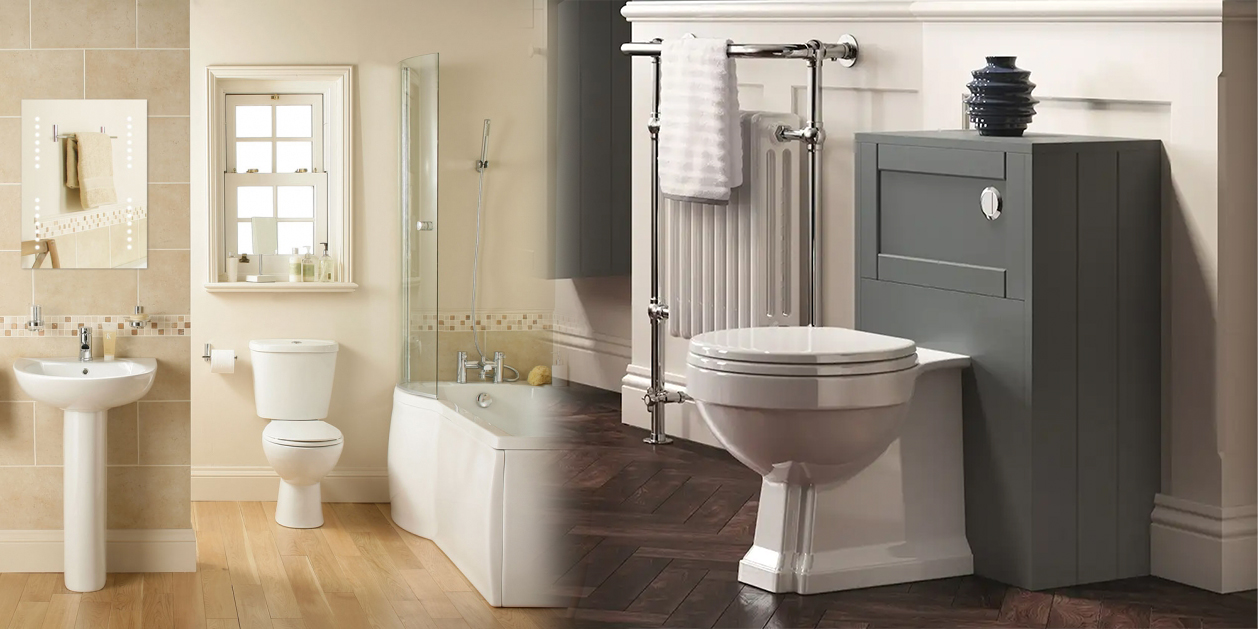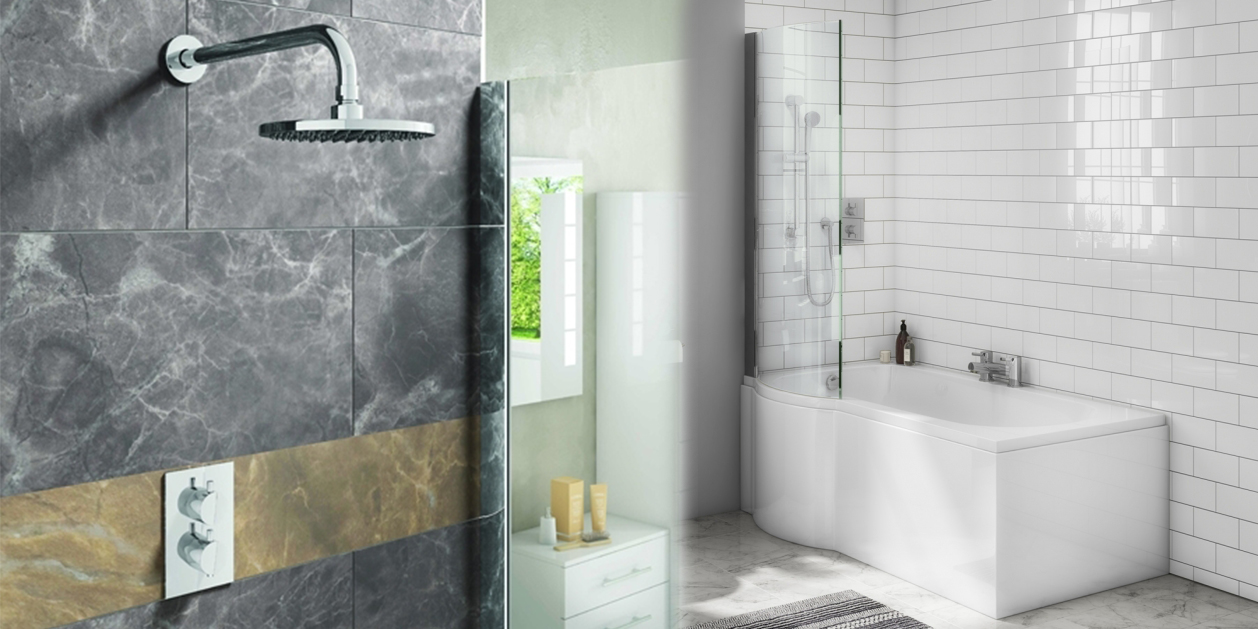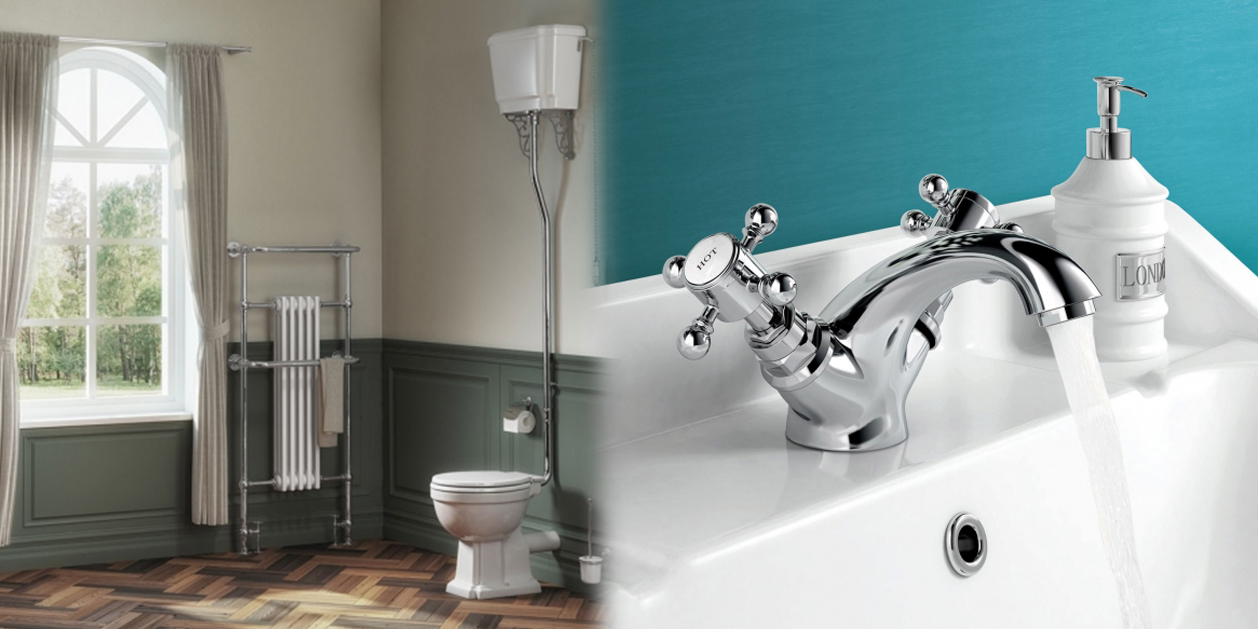Step by Step Guide on Creating Homemade Fresh Goat’s Milk Soap
Step by Step Guide on Creating Homemade Fresh Goat’s Milk Soap - Lifestyle
Everybody loves getting sparkling clean in a lovely soapy lather, but why should this be a luxury you can only buy and not create yourself? Well, this is not the case thanks to lovinsoap.com you can produce as much divine goat’s milk soap – which is more popular than you thought, whenever you like! According to lovinsoap.com you can make the soap with either fresh goat’s milk or you can use goat’s milk powder, with the milk adding to the creaminess of the soap and the sugars in the milk adding to the bubbly lather, you can’t go wrong!
(Image Source: http://www.lovinsoap.com)
Everybody loves getting sparkling clean in a lovely soapy lather, but why should this be a luxury you can only buy and not create yourself? Well, this is not the case thanks to lovinsoap.com you can produce as much divine goat’s milk soap – which is more popular than you thought, whenever you like! According to lovinsoap.com you can make the soap with either fresh goat’s milk or you can use goat’s milk powder, with the milk adding to the creaminess of the soap and the sugars in the milk adding to the bubbly lather, you can’t go wrong!
Here is a step by step guide on how to make this delicious soapy goodness in the comfort of your own home…
The main concern with making this goat’s milk soap is the overheating of the milk/lye solution or overheating this in the mold, so bare this in mind when making your soap! Keep your lye nice and cool by starting with frozen goat’s milk, and set your lye in an ice bath, this way as you sprinkle on the lye, the goat’s milk will melt gently without getting too hot.
Working from lovinsoap’s fantastic recipe you will need…
The recipe:
Coconut oil – 20 oz
Olive oil – 20 oz
Rice bran oil – 5 oz
Avocado oil – 5 oz
Castor oil – 4 oz
Shea butter – 5 oz
Sweet Almond oil – 5 oz
Goat’s milk – 18 oz
Lye – 9 oz
Firstly you will need to create the lye solution. Freeze the goat’s milk in a plastic freezer bag, you will then have to take the frozen milk out of the bags and chop into smaller pieces, about the same size chunks as the photo below.
(Image Source: http://www.lovinsoap.com)
Weigh out your desired amount of frozen milk, depending on the amount of soap you would like to produce. It is recommended that you splash a little bit of water in with the goat’s milk to being the dissolving of the lye. You won’t need much; use about an ounce.
(Image Source: http://www.lovinsoap.com)
Place ice cubes and water into a bowl big enough to set your lye container into, creating an ice water bath. Sprinkle in about ¼ of your lye and begin the mixing process. It is important that you sprinkle your lye while mixing, don’t pour it all in at once, as this will create small crusty lye clumps that are harder to dissolve as there is not enough liquid to dissolve it all at once, which can still be present in your finished soap product. So start with sprinkling around ¼ of the lye into the milk and mix, mix, mix! At this point the goat’s milk should begin to melt.
(Image Source: http://www.lovinsoap.com)
Once it’s melted a little, add another ¼ of the lye and keep mixing, keep on mixing until you have completely mixed in the lye. Be aware that it is perfectly normal for your lye solution to turn bright yellow.
(Image Source: http://www.lovinsoap.com)
Put your lye solution aside and keep it in the cold water bath and just set it aside in the sink. This is where you begin to prepare your oils. Melt the hard oils – this includes the coconut milk and the shea butter.
(Image Source: http://www.lovinsoap.com)
Add your liquid oils to your melted oils, this helps to bring the temperature down. If we were to measure out all of the oils – liquid and solid, and then melt them, the temperature of the total mixture would be too hot and we would have to wait to bring the temperature down as it is unnecessary to heat the liquid oils along with the solid ones.
(Image Source: http://www.lovinsoap.com)
You can add your fragrance to the melted oils, and once they are ready you are all set to make soap! Give your lye solution a stir, if there are large lumps it is recommended that you give the mixture a good whisk to break them up a little.
(Image Source: http://www.lovinsoap.com)
Add all the lye solutions to the oils and bring the mixture to trace (the mixture will not separate back into the original oils and lye-water.) Be sure not to get this mixed up with any yummy pancake recipe mixtures you may have lying around!
Now you can pour your mixture into molds, which can simply my ice cream pots, any mold of your choice, but remember the larger the volume, the hotter your mixture may be and this may cause it to overheat and split. If this looks like it is going to be an issue you can place the molds into the fridge to keep the temperature down.
(Image Source: http://www.lovinsoap.com)
Leave your molds for 24 hours and then un-mold them and cure for 4 or more weeks. When you first cut the soap – according to lovinsoap.com, you can have an ammonia type of smell, but don’t worry this is perfectly normal and should disappear in a couple of days.
(Image Source: http://www.lovinsoap.com)
Soap, made by your own fair hands, easy and cheap! After you have mastered this, why not try adding a few little treats such as glitter or flower petals into your soap? Just get a little creative, and please do send Bathshop321 a quick tweet or facebook comment with your finished product! Thanks to lovinsoap.com for this lovely recipe.




